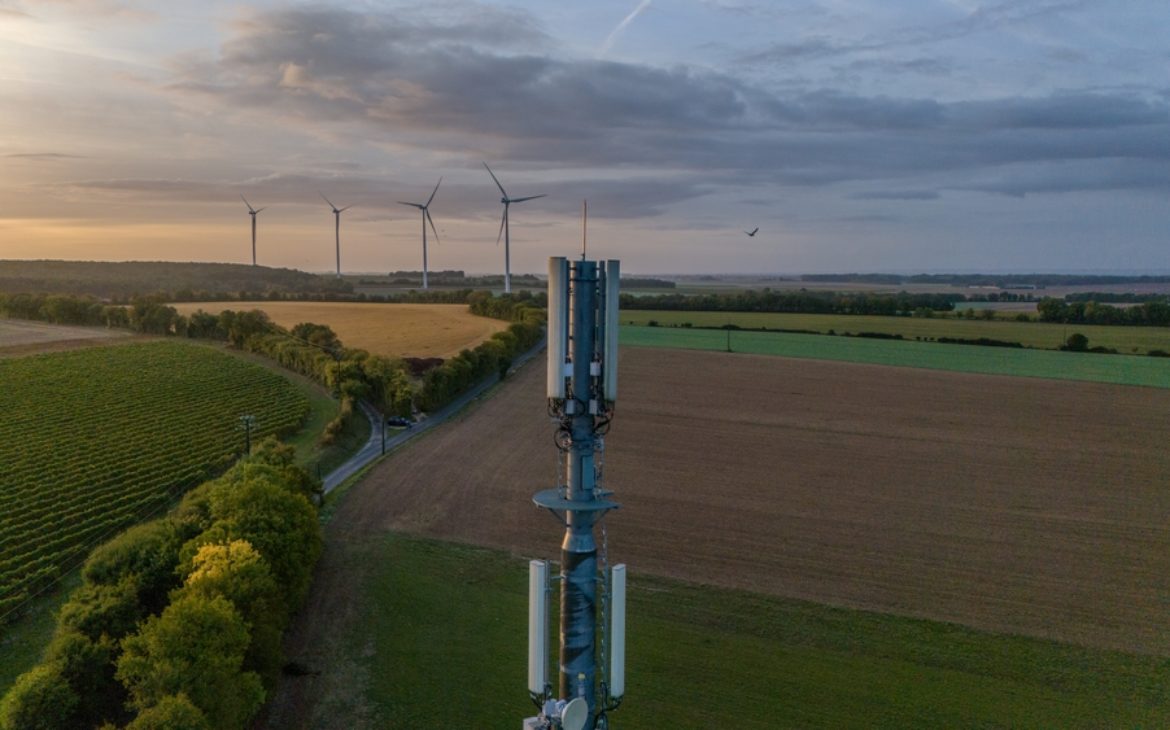This innovative approach, outlined in a study titled “Densify & Conquer,” (as reported by New Scientist) challenges the conventional model of large-power base stations in favor of small-cell networks.
The researchers assert that transitioning from large, single towers to a network of smaller towers would not only reduce energy consumption but also enhance overall coverage, thereby addressing key challenges faced by urban areas in their pursuit of efficient 5G connectivity.
According to the study, the adoption of a densification strategy can yield substantial benefits. By deploying numerous small towers instead of relying on a single large one, the network can minimize signal loss due to high range and offer smartphones located closer to these towers a 50% improvement in battery life.
The proposed small-cell network approach is attributed to the capabilities of 5G technology, which enables seamless transitions between towers. Unlike previous network generations, 5G networks facilitate efficient tower-to-tower handovers, making the deployment of denser networks feasible and practical.
Using open-source software, researchers conducted simulations in 3D models of real cities to assess the transmission dynamics between base stations and mobile devices. Their findings suggest that achieving the desired benefits would require approximately five times more cell towers, each standing at a modest height of 15 meters. These smaller towers could be conveniently mounted on existing infrastructure such as street lights or buildings, offering a cost-effective solution for network providers while significantly improving coverage in urban areas.
